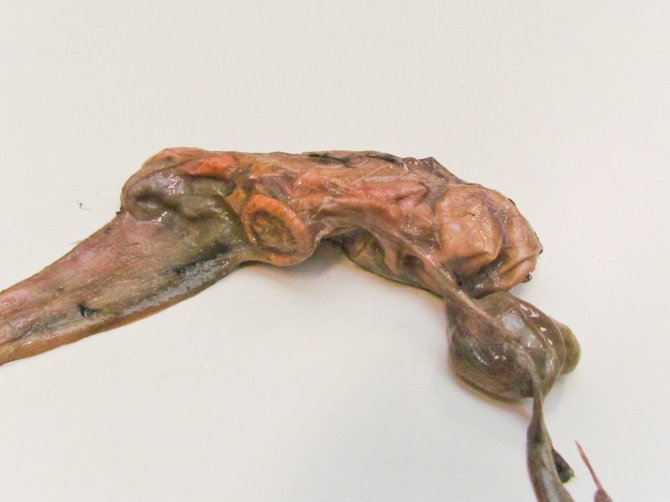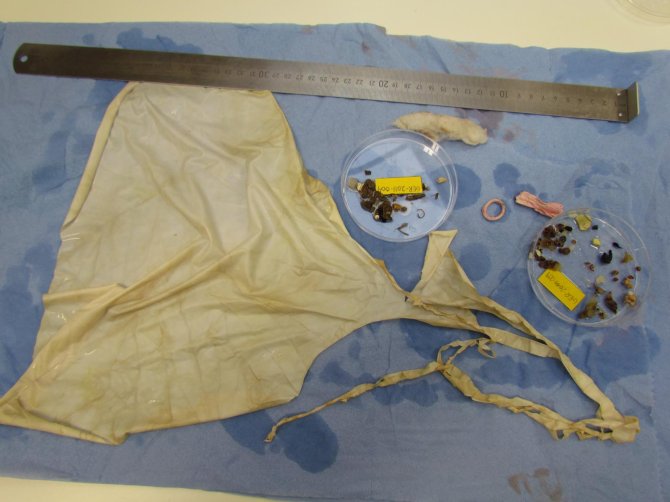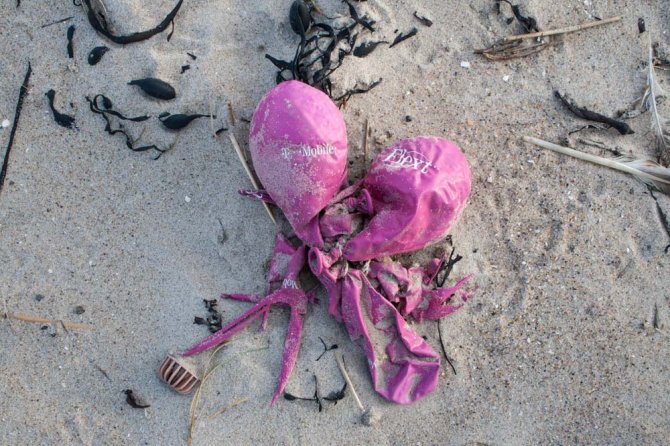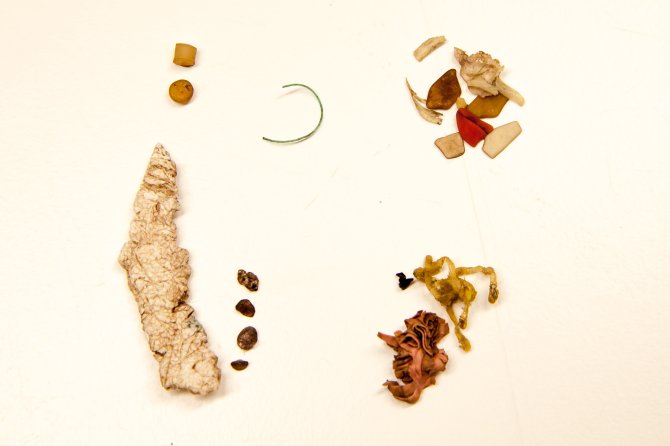
Other
3. Degradable balloons are not the solution
Surrounding festivities, there often are discussions about the harmfulness of debris after balloon releases in the Netherlands. Wageningen Marine Research provides 5 facts to consider: should we release balloons or maybe keep them on the ground?
3. Degradable balloons are not the solution
Animals mistake remains from balloons for food, which may cause blockage of stomach and intestines an may lead to starvation. Latex rubber, in spite of its natural origin, does not degrade quickly enough to avoid ingestion by marine wildlife and potential damage to their digestive system.
Photo to the right: stomach content of a Northern Fulmar that had ingested a large piece of a weather balloon (greyish) as well as a normal party balloon (light purple) and all sorts of other plastics. In extreme cases like this a balloon completely blocks the digestive system.
View all 5 Facts:
Latex degrades faster than synthetic plastics, but nevertheless remains intact long enough for negative consequences to occur



Click on the picture below for more information about scientific research on balloon latex

- Unfortunately, your cookie settings do not allow videos to be displayed. - check your settings

